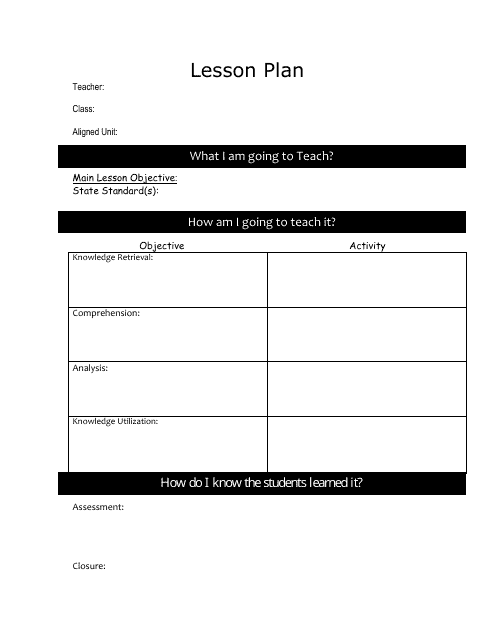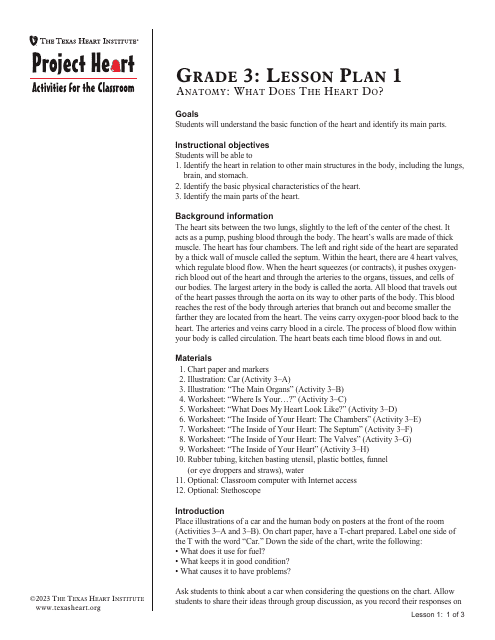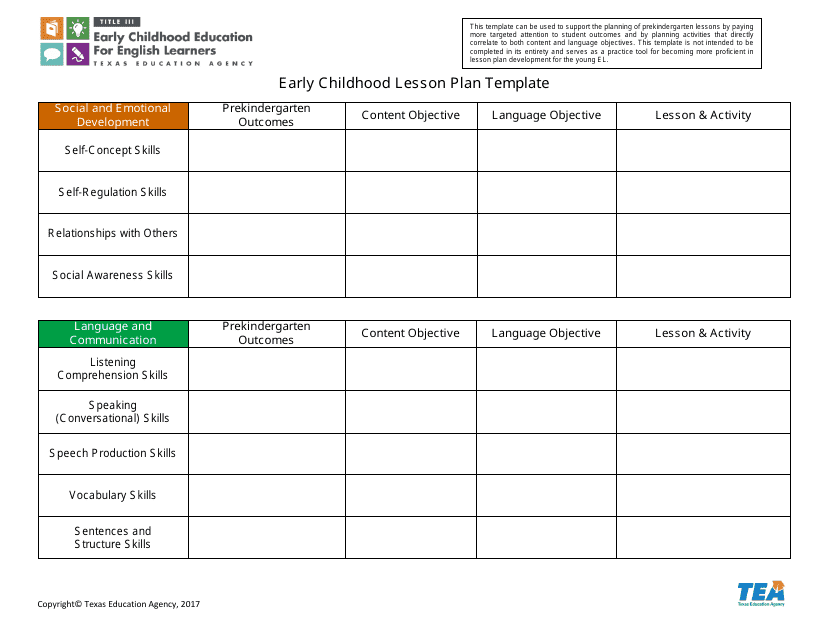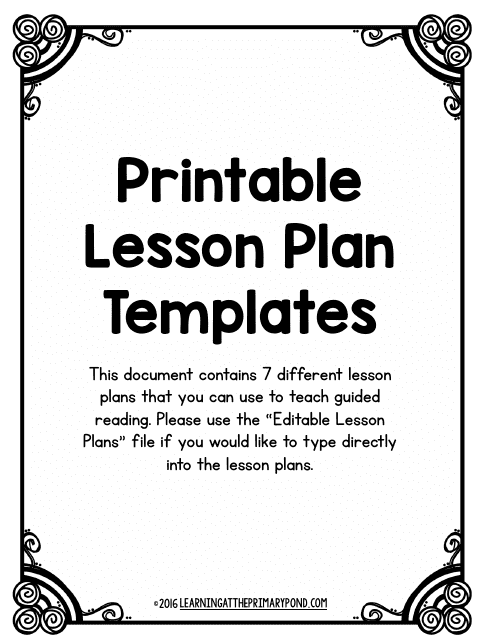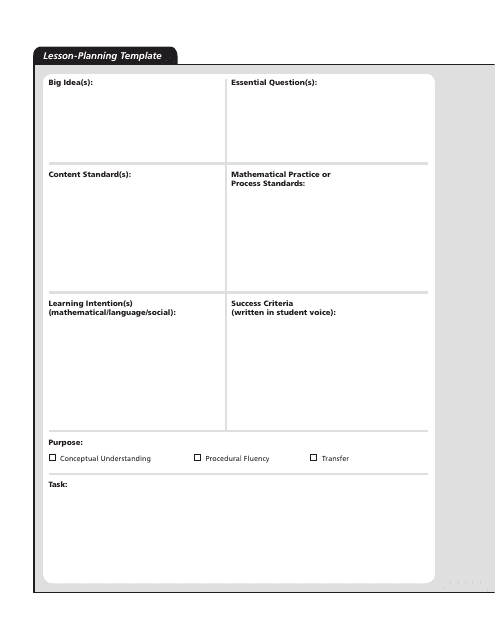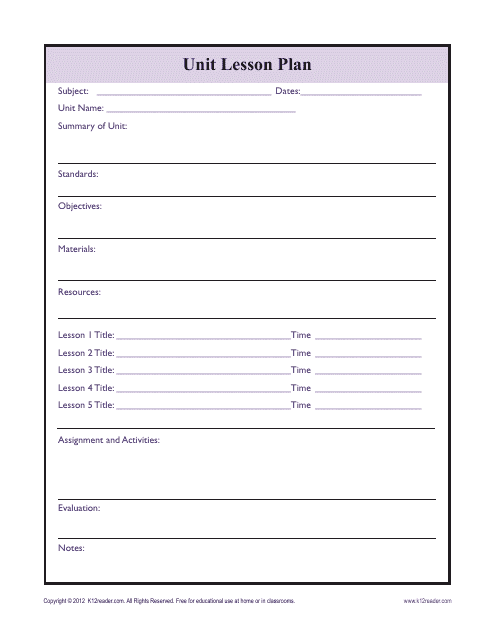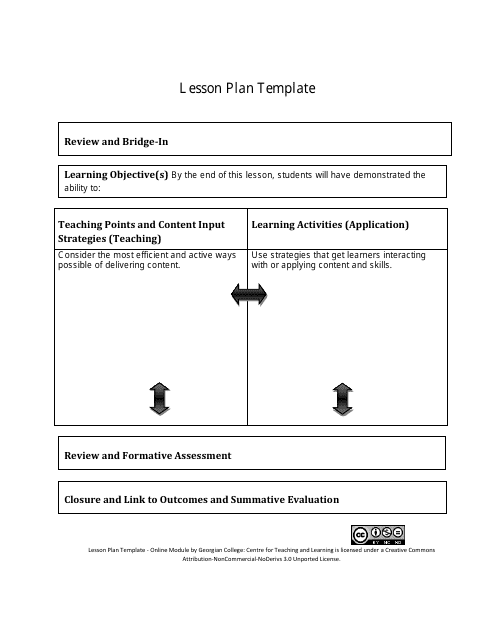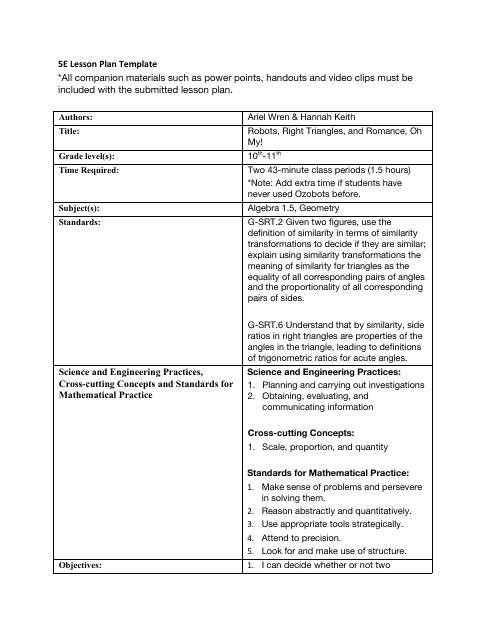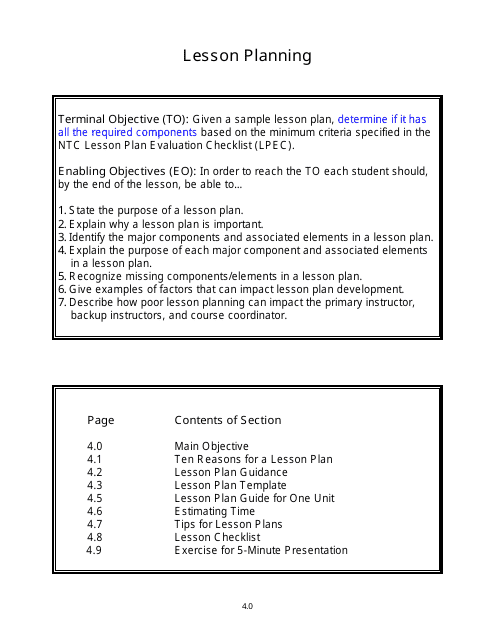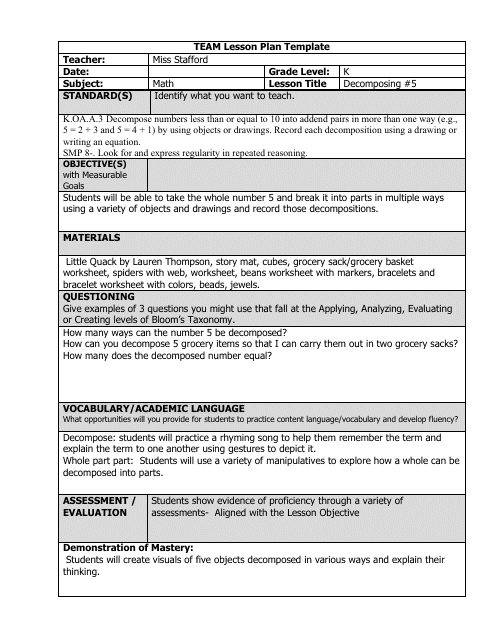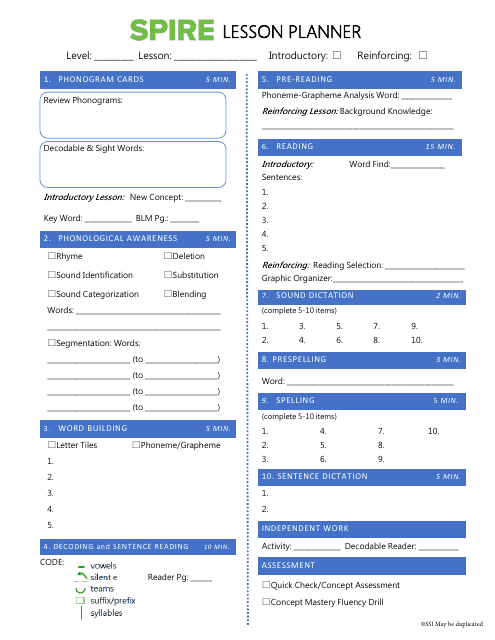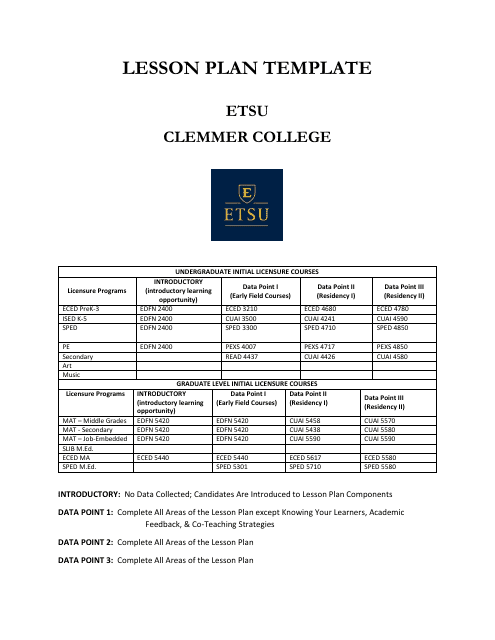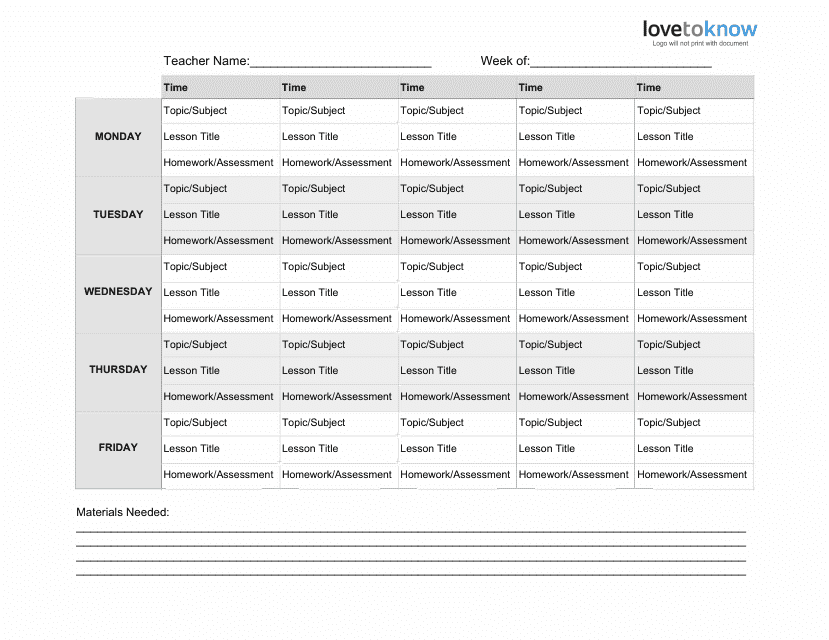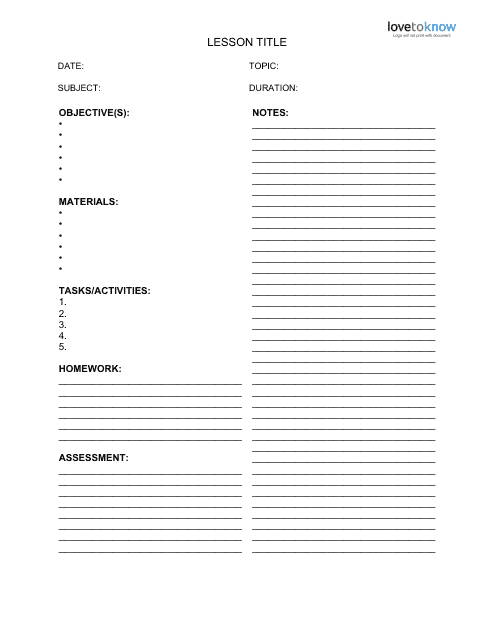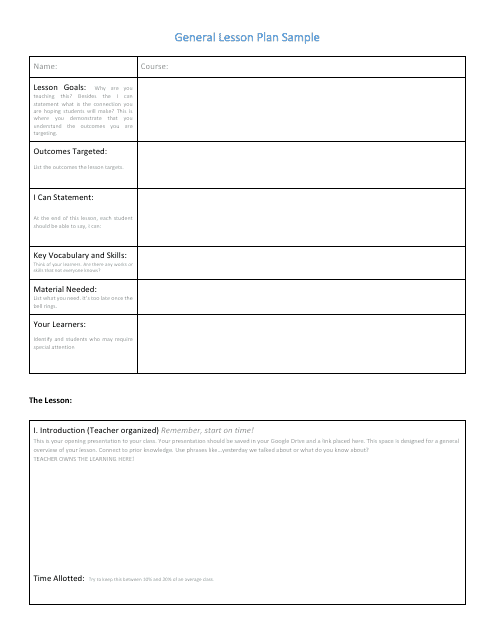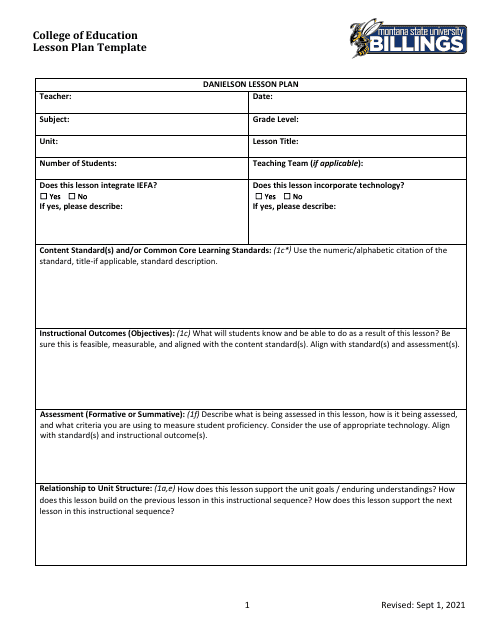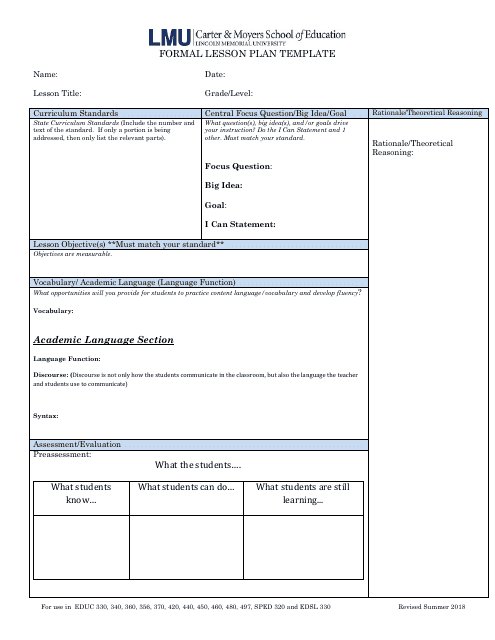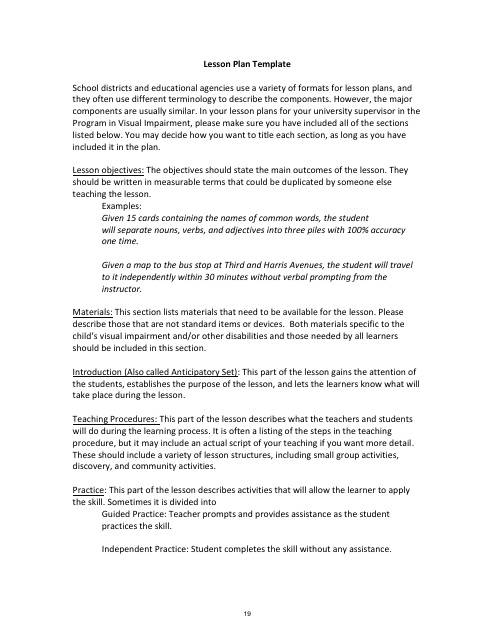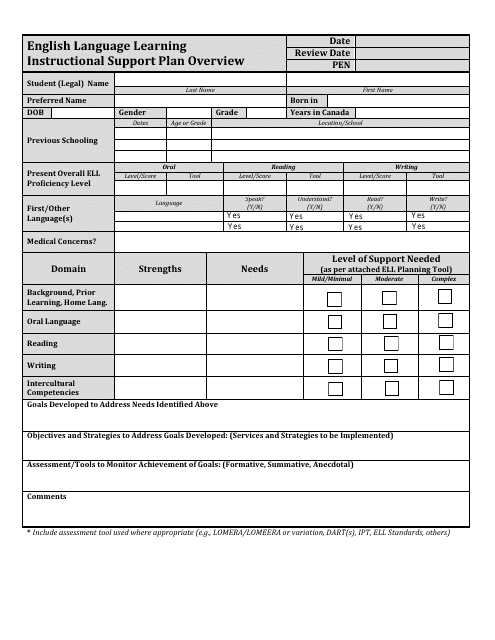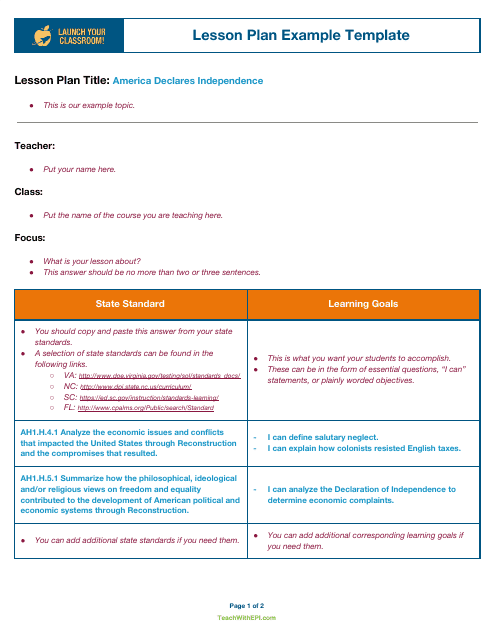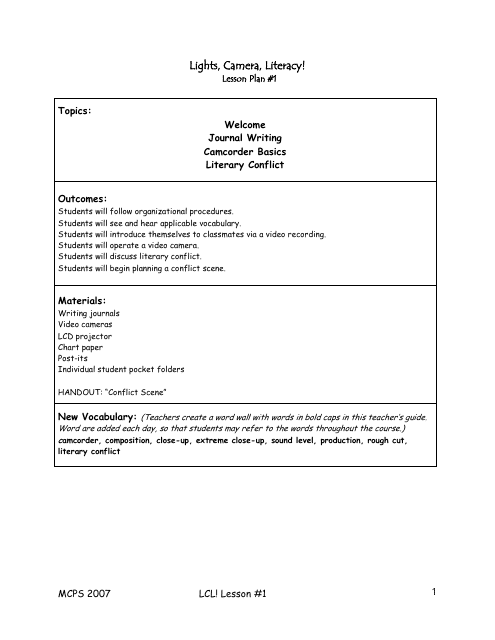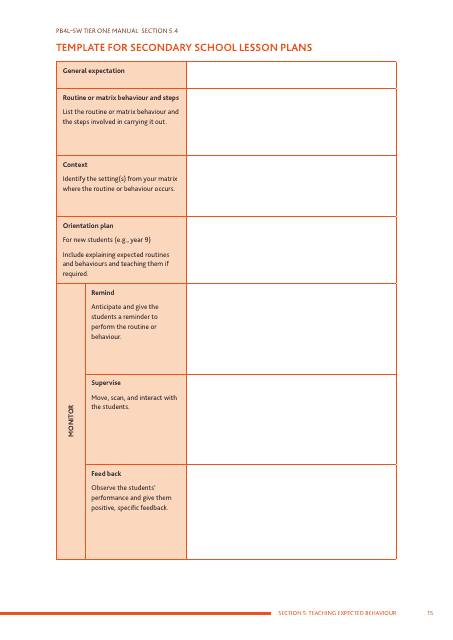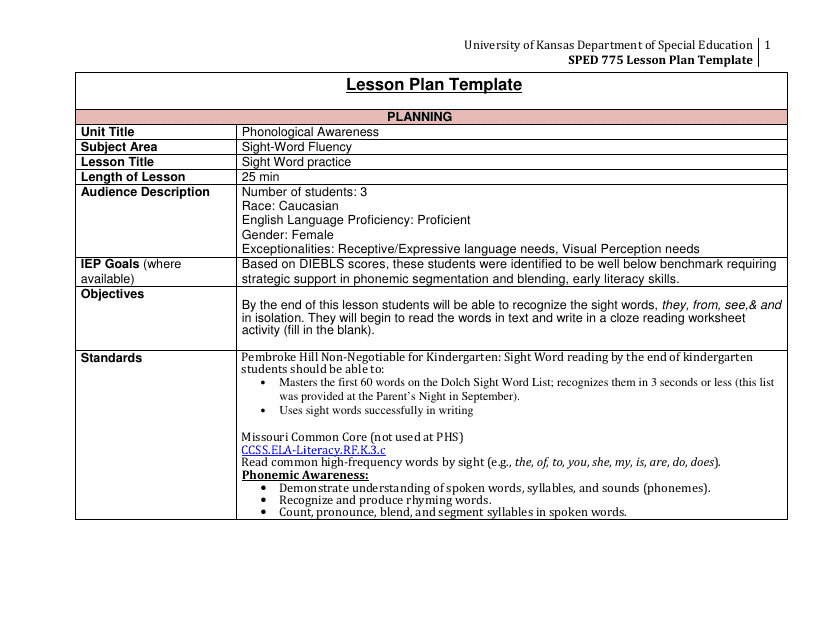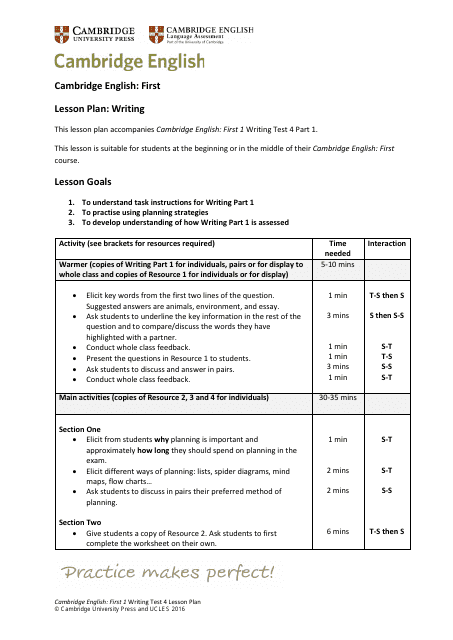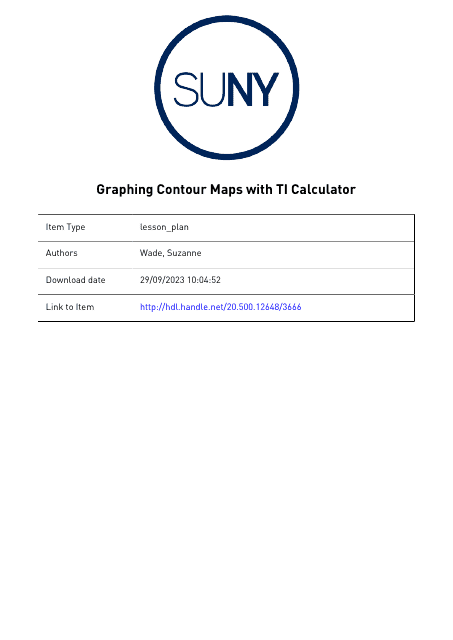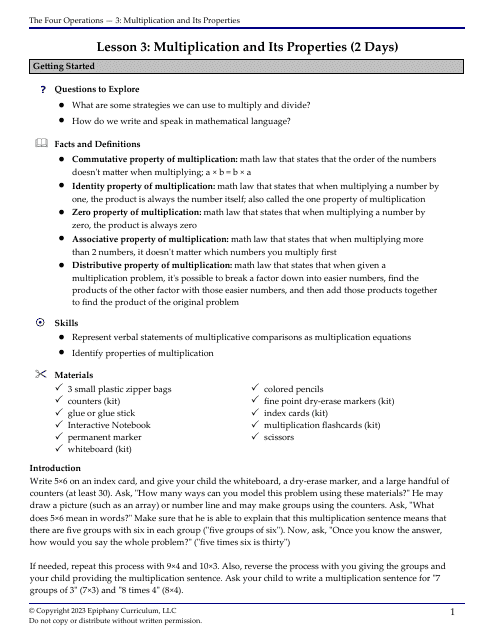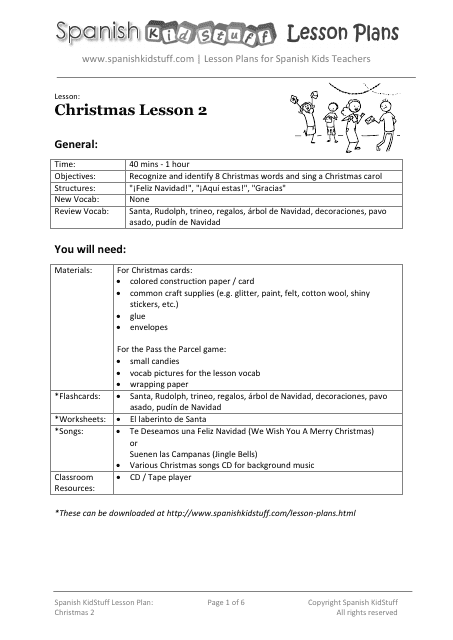Free Lesson Planner Templates
What Is a Lesson Plan?
A Lesson Plan refers to a detailed guide completed by a teacher to figure out how to conduct a lesson.
Alternate Name:
- Lesson Planner.
Numerous teachers have noted that creating a comprehensive Lesson Plan has allowed them to achieve the desired outcome when it comes to teaching students of all ages - it does not matter whether you educate children that attend kindergarten or share your knowledge with college students as long as there is a precise plan you abide by. A summary of all the things you want to do when communicating with your students will let you introduce new teaching strategies, be certain challenging material becomes easy to understand, and grow as an educator by constantly improving via teaching the young generation.
For a full list of Lesson Plan templates please check out our library below.
What Should a Lesson Plan Include?
Check out the structure even a simple Lesson Plan is supposed to adhere to in order to let the teacher and their students succeed in their academic journey:
-
Begin with a summarized Lesson Plan outline. This part of the document should represent the goals of every lesson that is coming - whether you are teaching a certain skill or sharing information the students get to analyze as their homework, each hour you spend educating your students has to result in a certain outcome.
-
Briefly list the materials you will use during the lesson. It is up to you to decide whether you will give a lecture based on a textbook or invite the students to take part in teamwork activities - the document should remind you what the lesson is based on. Think about the techniques and strategies you will implement in the classroom and be ready to adjust if certain individuals do not respond to a more unconventional way of teaching.
-
Leave some space to explain how you evaluated the progress of your students and how they managed to improve. You can offer them a quiz or a test or ask them to present their thoughts on the material at the end of the lesson or module as a whole - a proper assessment will demonstrate whether your approach has yielded tangible results.
How to Write a Lesson Plan?
Follow these instructions to create an effective Lesson Plan:
-
Maintain a uniform Lesson Plan format demanded by your school or college - in many cases, the teacher is asked to provide documentation they have used to optimize the teaching process, and meticulously crafted descriptions of every lesson are not an exception. Separate the page into several sections - identify yourself and the class you are teaching, indicate the subject to be studied, and elaborate on positive and negative moments once the lesson is over.
-
Always update and modify the Lesson Plan - it is advised to look at the document at least once a week to see if it needs any improvement based on what has happened over the course of the academic week. Do not limit yourself to a strict plan and remain open-minded - in case some of your ideas do not work, there is no need to feel defeated, simply amend your plan.
-
Remember to run your Lesson Planner by your supervisors who establish the standards acceptable for your educational institution. Although certain creativity is often allowed and encouraged, the school administration is obliged to ensure every teacher adheres to the curriculum and makes the most out of the time they have with their students.
What Makes a Good Lesson Plan?
Here are some Lesson Plan ideas you should consider before you start preparing it:
-
Remember to engage the audience. No matter what age your students are, it is important to level with them - even the most challenging material can cite interesting topics young people are entertained with. While it does not mean every lesson should turn into an interactive discussion, try to use references the students are familiar with and make some space for joy in the classroom.
-
Include a lot of group work in your lessons. For instance, instead of asking every student to write an essay on their own, give them a different task - request them to partner up and look at the topic of discussion from opposite angles - this will be a more productive activity that stimulates the students' imagination and creativity. Besides, you may ask the students for feedback and learn what activities they enjoy the most.
-
Find time for more diverse ways to teach and incorporate them into your plan. Most teachers prefer to stick with the same approach to convey the information which makes their classes uninspiring. Spend one week lecturing, opt for a visual presentation the next week, and go for brainstorming exercises a week later - this kind of method will help the students to digest the material better.
Still looking for a particular template? Take a look at the related templates below:
Documents:
42
This type of document is a template used by teachers to plan their lessons. It helps teachers organize and structure their lessons to ensure effective teaching and learning.
This document provides a comprehensive lesson plan focused on teaching Grade 2 students about the anatomy of the heart. It includes educational objectives, activities, and assessment methods for effectively conveying this vital biological information.
This document provides a comprehensive outline for conducting a grade 3 anatomy lesson focused on the human heart. It offers educational content, teaching strategies, and learning activities that can help young students understand the basics of heart structure and function.
This document provides a structured outline for educators in Texas to plan their early childhood educational activities efficiently, ensuring comprehensive learning for students. It's a helpful tool for guiding teaching methods and tracking student progress.

